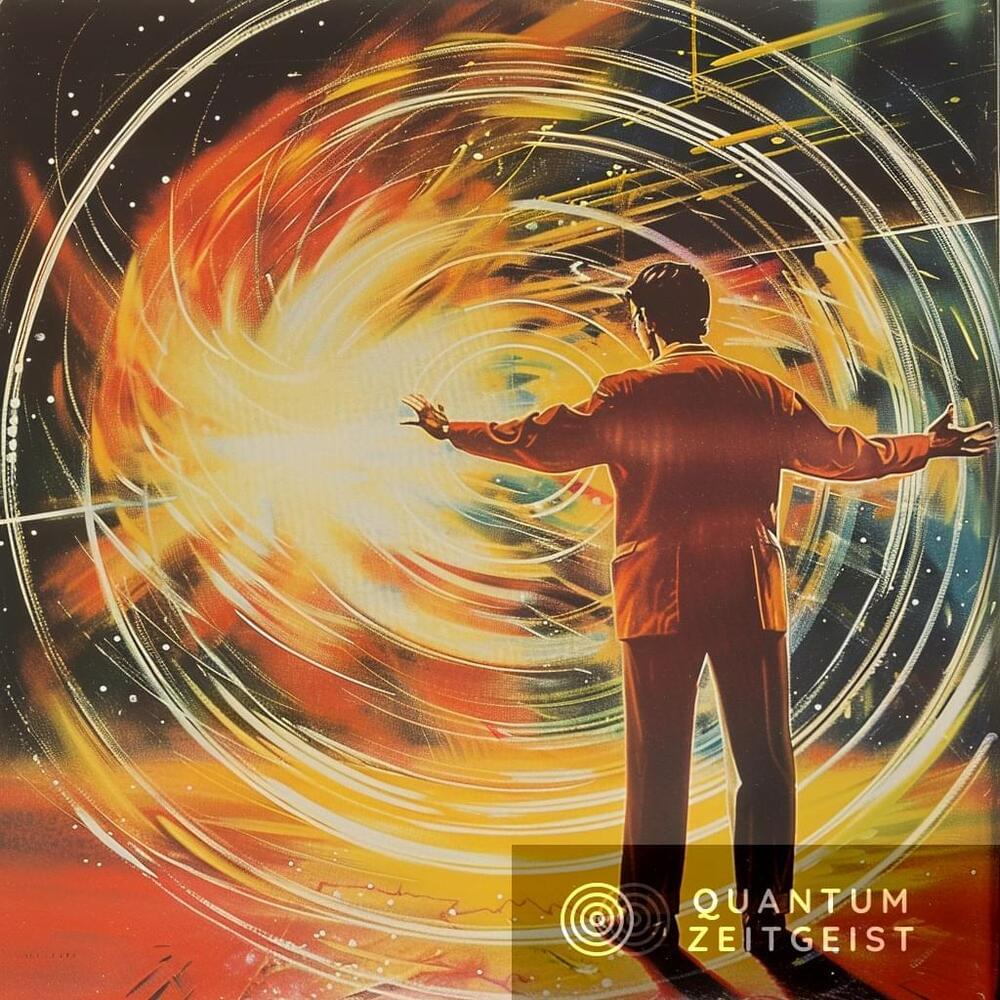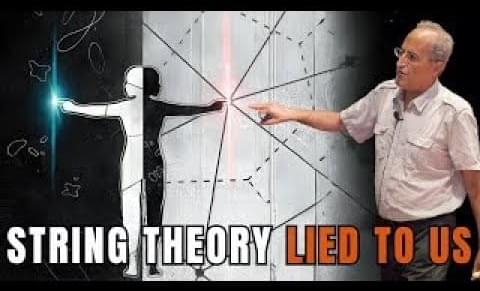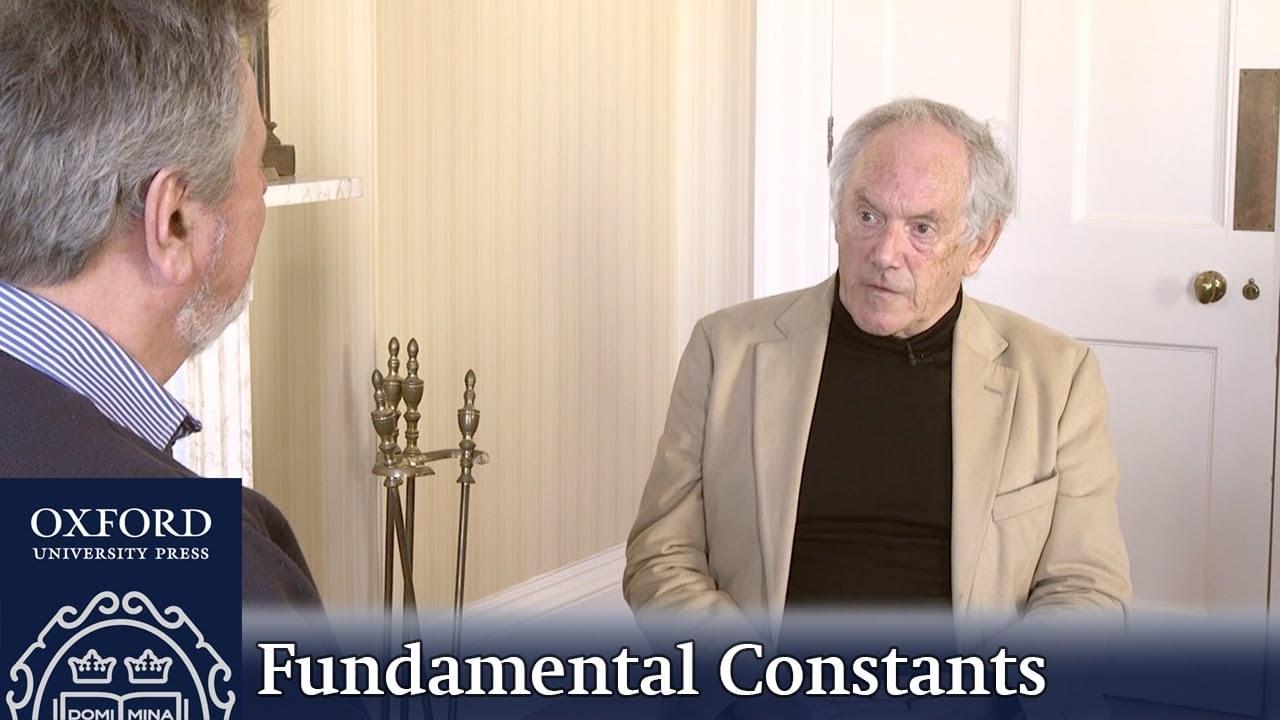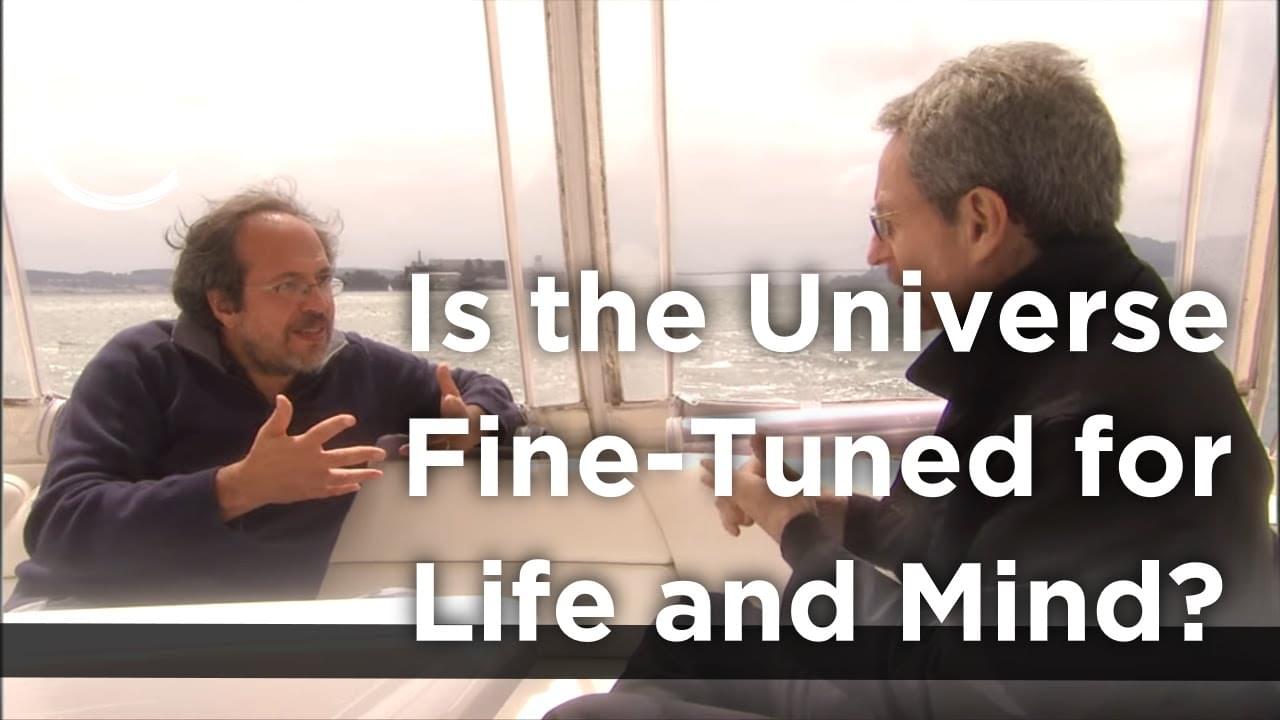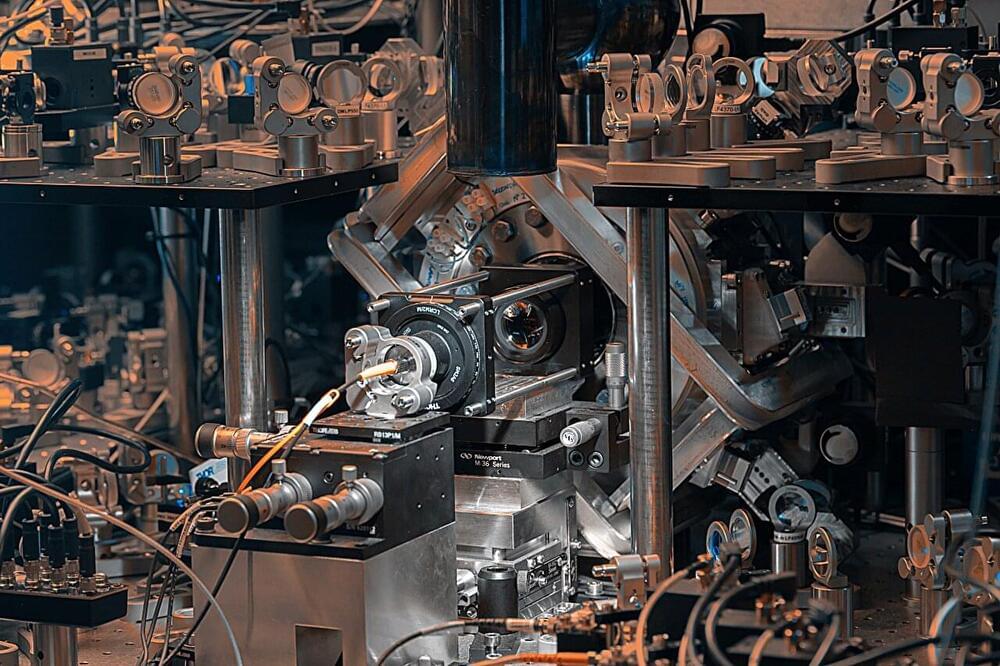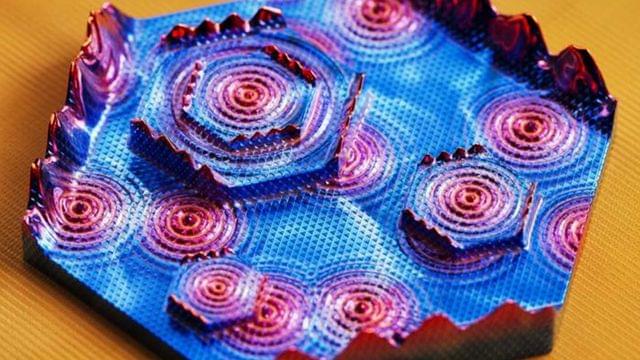Quantum teleportation is a process by which quantum information can be transmitted from one location to another, with the help of classical communication and previously shared quantum entanglement between the sending and receiving location. This process is not to be confused with teleportation as depicted in science fiction, where matter is instantaneously transported from one location to another. Instead, quantum teleportation involves the transfer of quantum states between particles at different locations without any physical movement of the particles themselves.
In a recent study by Isiaka Aremua and Laure Gouba, the researchers explored the teleportation of a qubit using exotic entangled coherent states. A qubit, or quantum bit, is the basic unit of quantum information. It is a quantum system that can exist in any superposition of its two basis states. The researchers used a system of an electron moving on a plane in uniform external magnetic and electric fields to construct different classes of coherent states.
Coherent states are specific states of a quantum harmonic oscillator. They are often described as the quantum equivalent of classical states because they closely resemble the behavior of classical particles. In the context of quantum teleportation, coherent states are used to form entangled states, which are crucial for the teleportation process.
